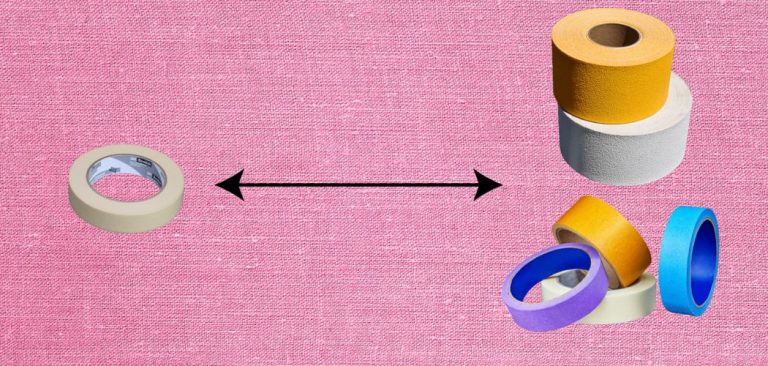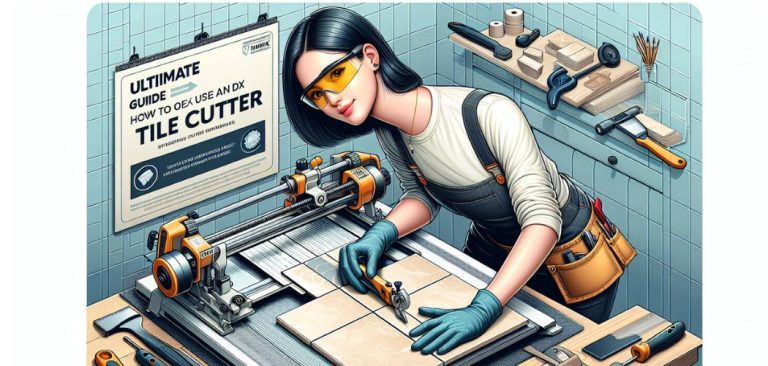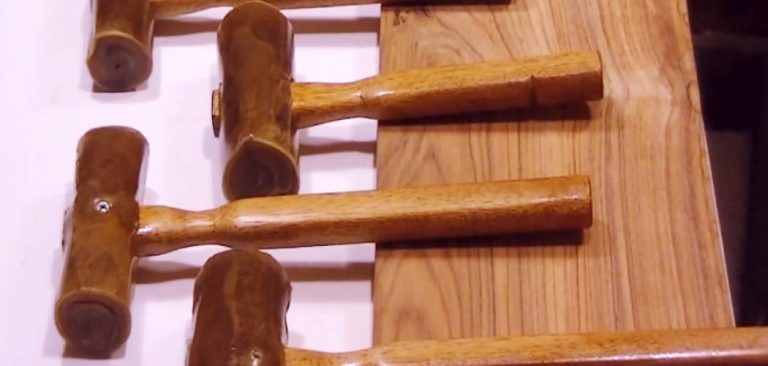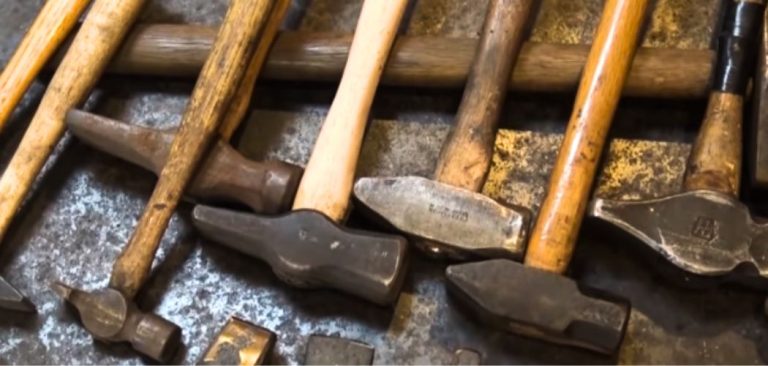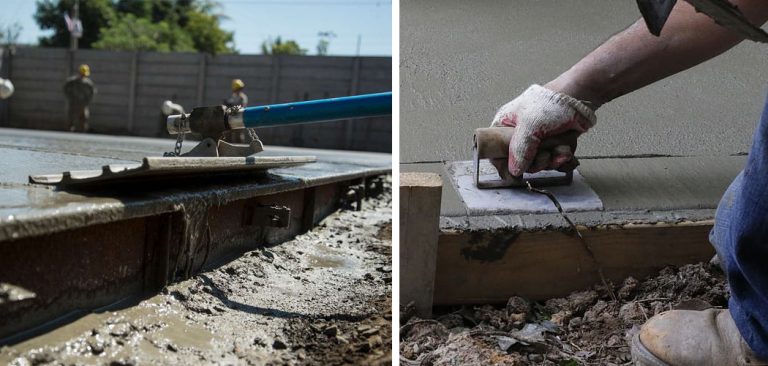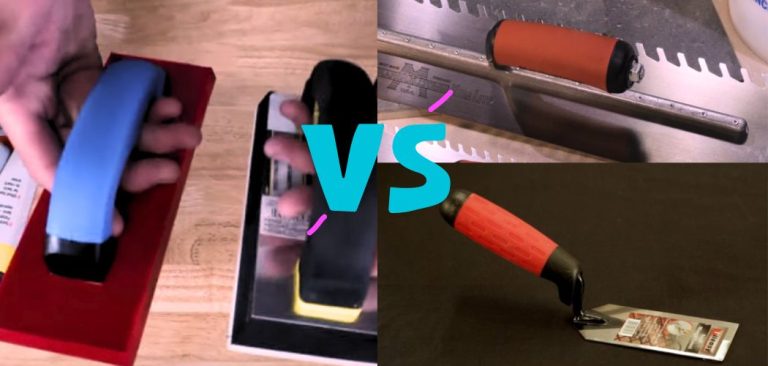Straight Peen Hammer Uses: From Metalworking to Jewelry Making
Straight peen hammers are a type of hammer that has been in use for centuries. They are known for their unique shape, with a flat face on one end and a pointed, tapered end on the other. This design makes them ideal for various tasks, from shaping metal to driving nails.
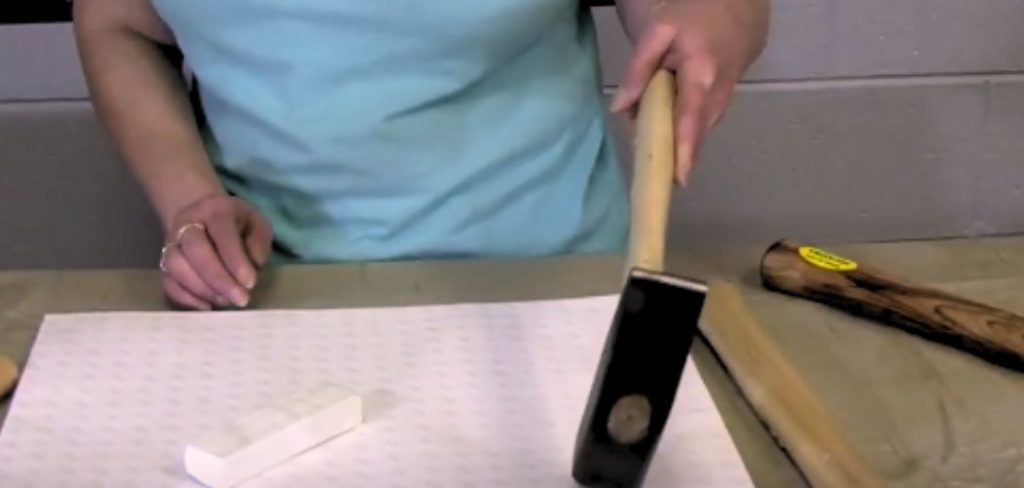
One of the key advantages of a straight peen hammer is its versatility. The flat face can be used for general hammering tasks, such as driving nails or shaping metal, while the pointed end is ideal for more precise work, such as starting small nails or punching holes in metal. This makes it a valuable tool for anyone who works with metal or wood regularly.
Despite its many uses, the straight peen hammer is often overlooked in favour of more modern tools. However, for those who take the time to learn how to use it properly, it can be an invaluable addition to their toolbox.
Whether you’re a professional metalworker or just someone who enjoys DIY projects, a straight peen hammer is a tool you should consider adding to your collection.
Historical Significance
Evolution of the Straight Peen Hammer
The straight-peen hammer is a type of hammer that has been used for centuries. It has evolved to become the tool that we know today. The first hammers were made from stone and were used to shape and break apart other rocks. As metalworking became more prevalent, hammers were made from metal, and the straight-peen hammer was born.
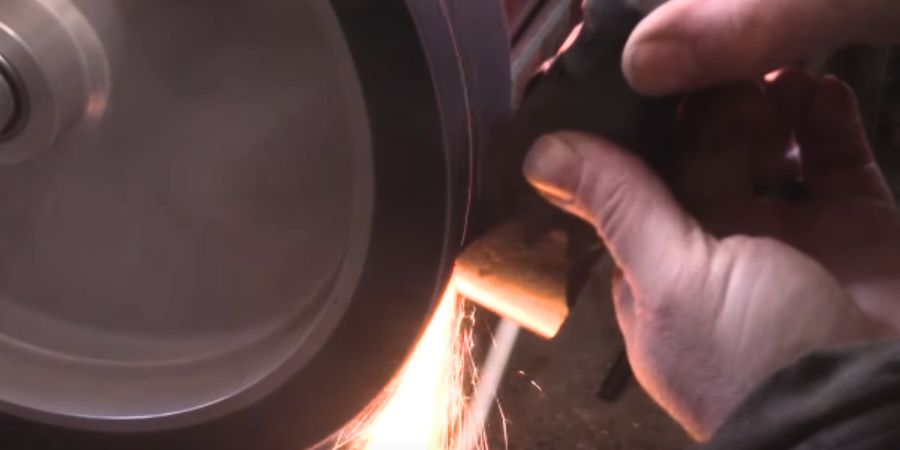
The straight peen hammer has a flat face on one side and a peen on the other. The peen is a pointed end that is used for shaping metal. The flat face is used for striking the metal to shape it. Over time, the design of the straight peen hammer has changed to make it more effective for different types of metalworking.
Early Uses in Metalworking
The straight peen hammer was first used in metalworking to shape and form metal. It was used to create weapons, tools, and other metal objects. The hammer was used to shape the metal into the desired form, and the peen was used to create details and textures on the surface of the metal.
As metalworking advanced, the straight peen hammer was used for more specialized tasks. It was used to create intricate designs and patterns on metal objects. It was also used to create specific shapes and forms needed for different metalworking types.
Today, the straight-peen hammer is still used in metalworking, but it has also found its way into other industries. It is used in construction, woodworking, and even in jewellery making. The versatility of the straight-peen hammer has made it a valuable tool in many industries.
Design and Features
Anatomy of a Straight Peen Hammer
A straight peen hammer is a type of hammer that is used for shaping and forming metal. It has a long, straight handle typically made of wood or fiberglass and a head made of steel. The head of the hammer is usually flat on one side and has a peen on the other. The peen is a pointed end that is used for shaping metal.
The length of the handle can vary depending on the hammer type, but most straight-peen hammers have a handle that is between 10 and 16 inches long. The head of the hammer can also vary in size, but it is typically between 2 and 4 inches long.
Material Composition
The head of a straight peen hammer is typically made of steel. The type of steel used can vary depending on the manufacturer, but it is usually a high-carbon steel that is heat-treated to increase its strength and durability.
The handle of the hammer is usually made of wood or fibrerglass. Wood handles are traditional and are often preferred by artisans for their natural feel and appearance. Fiberglass handles, on the other hand, are more durable and resistant to breaking or splintering.
Some straight peen hammers also feature a rubber grip on the handle, providing a more comfortable and secure grip. This can be particularly useful when working with heavy or awkward pieces of metal.
Overall, the design and features of a straight peen hammer make it a versatile tool for shaping and forming metal. Its long handle and pointed peen make it ideal for working in tight spaces, while its sturdy construction ensures it can withstand heavy use.
Principal Functions
Straight peen hammers are versatile tools that can be used for various tasks. Here are some of the principal functions of straight peen hammers:
Metal Fabrication
Straight-peen hammers are frequently used in metal fabrication. They can be used to shape and manipulate metal and remove dents and other imperfections. The peen of the hammer can be used to create grooves and other textures in the metal, which can be useful for decorative purposes.
Riveting and Shaping
Another common use for straight peen hammers is in riveting and shaping. The peen of the hammer can be used to create a rivet head, which is necessary for joining two pieces of metal together. The hammer can also shape metal into various forms, such as curves or angles.
Joinery and Carpentry
Straight-peen hammers can also be useful in joinery and carpentry. They can be used to drive nails and other fasteners and to shape and manipulate wood. The peen of the hammer can be used to create decorative patterns in the wood mortises, and other joinery features.
Overall, straight peen hammers are versatile tools that can be used in various applications. Whether working with metal or wood, a straight-peen hammer is a valuable addition to your tool collection.
Specialized Techniques
Straight peen hammers are versatile tools that can be used for various metalworking tasks. Here are a few specialized techniques that can be accomplished using a straight peen hammer:
Drawing Out Metal
One of the primary uses of a straight peen hammer is to draw out metal. This technique involves flattening and lengthening a piece of metal by repeatedly striking it with the peen of the hammer.
The hammer is held at an angle and struck with a glancing blow, which stretches the metal in the direction of the strike. By carefully controlling the angle and force of the blows, a skilled metalworker can create a wide range of shapes and forms.
Texturing Surfaces
Texturing surfaces is another useful technique that can be accomplished with a straight peen hammer. By striking the metal surface with the peen of the hammer, a skilled metalworker can create a wide range of textures and patterns.
This technique is often used to add visual interest to metalwork pieces or to create a better grip on handles and other surfaces.
Punching and Chiseling
A straight peen hammer can also be used for punching and chiselling. By using the peen of the hammer to strike a punch or chisel, a metalworker can create precise holes and shapes in a piece of metal. This technique is often used to create decorative patterns or holes for rivets or other fasteners.
In conclusion, a straight peen hammer is a versatile tool that can be used for a wide range of metalworking tasks. By mastering these specialized techniques, a skilled metalworker can create various shapes, forms, and textures in metalwork pieces.
Safety and Maintenance
Proper Handling
When using a straight peen hammer, it is important to handle it with care to avoid injury. Always wear protective gear, such as gloves and eye goggles, to prevent accidents. Make sure to grip the handle firmly and maintain control of the hammer.
When using the hammer, avoid striking hard surfaces or objects that may cause the hammer to bounce back and hit you. It is also important to use the correct size and type of hammer to avoid mishaps.
Care and Storage
Proper care and storage of your straight peen hammer will ensure its longevity and optimal performance. After use, wipe the hammer clean with a dry cloth to remove any debris or moisture.
It is important to store the hammer in a dry, cool place to prevent rust and damage to the handle. Avoid leaving the hammer in direct sunlight or extreme temperatures, as this can weaken the handle and cause it to crack or break.
Regular maintenance of the hammer is also important to ensure its effectiveness. Check the handle for any cracks or splits and replace it if necessary. Sharpen the peen as needed to maintain its sharpness.
In conclusion, proper handling, care, and storage of your straight peen hammer is crucial for both your safety and the hammer’s longevity. By following these guidelines, you can ensure that your hammer remains in top condition and ready for use whenever needed.
Comparative Analysis
Straight vs. Cross Peen Hammer
Regarding hammers, several types are available in the market, but two of the most commonly used ones are straight and cross peen hammers. Both of these hammers have their unique features and uses.
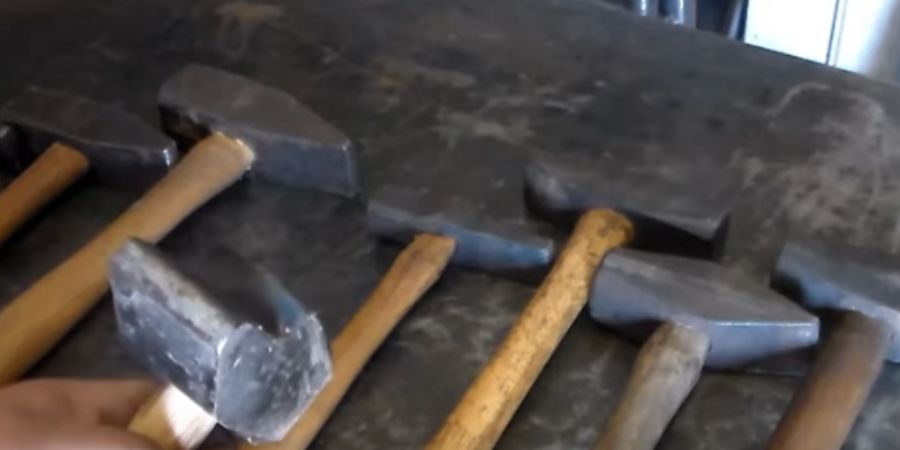
A straight peen hammer is a type of hammer that has a flat and narrow striking surface at one end and a straight peen at the other. The straight peen is a wedge-shaped end used to shape and bend metal.
On the other hand, a cross peen hammer has a flat striking surface at one end and a wedge-shaped peen at the other that is perpendicular to the handle. The cross peen is used for driving nails and shaping metal.
While both hammers are useful, the straight peen hammer is more suited for metalworking tasks such as shaping and bending metal, while the cross peen hammer is more suited for woodworking tasks such as driving nails and shaping wood.
Selection Criteria for Projects
When selecting a hammer for a project, it is important to consider the type of task that needs to be performed. A straight peen hammer is the best choice for metalworking tasks such as shaping and bending metal. The narrow striking surface of the hammer allows for precise shaping and bending of metal.
On the other hand, for a cross-peen hammer is the best choice woodworking tasks such as driving nails and shaping wood; a c flat, striking surface of the hammer allows for easy nails into wood, while the wedge-shaped peen can be used for shaping wood.
In addition to the type of task, it is also important to consider the size and weight of the hammer. A heavier hammer is better suited for heavy-duty tasks, while a lighter hammer is better suited for lighter tasks. Similarly, a longer handle provides more leverage and is better suited for heavy-duty tasks, while a shorter handle is better suited for lighter tasks.
When selecting a hammer for a project, it is important to consider the type of task that needs to be performed, as well as the size and weight of the hammer. By selecting the right hammer for the job, tasks can be completed more efficiently and effectively.
FAQs
What is a Straight Peen Hammer Used for?
A straight peen hammer is commonly used for shaping and forming metal, such as in blacksmithing and metalworking.
Can a Straight Peen Hammer Be Used for Woodworking?
While a straight peen hammer is primarily designed for metalworking, it can also be used in woodworking for tasks such as shaping and forming wooden objects.
What Are the Advantages of Using a Straight Peen Hammer?
The straight peen hammer provides precise control and accuracy when shaping metal, making it ideal for detailed metalworking projects.
Can a Straight Peen Hammer Be Used for Automotive Repairs?
A straight peen hammer can be used in automotive repairs such as panel beating and metal shaping.
Conclusion
In conclusion, a straight peen hammer is a versatile tool useful in various industries, from metalworking to jewellery making. Its unique design allows for precise metal shaping and forming, making it a valuable addition to any toolbox. Whether you are a professional or a DIY enthusiast, the straight peen hammer is a tool worth considering for your projects.

